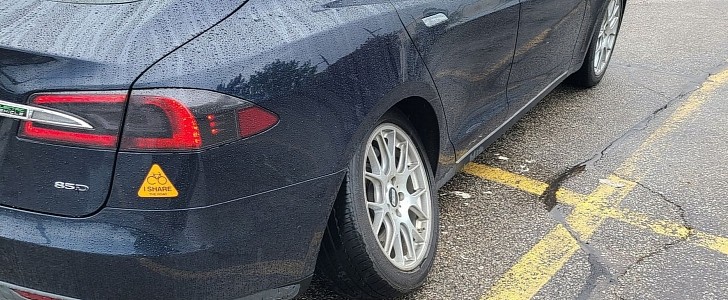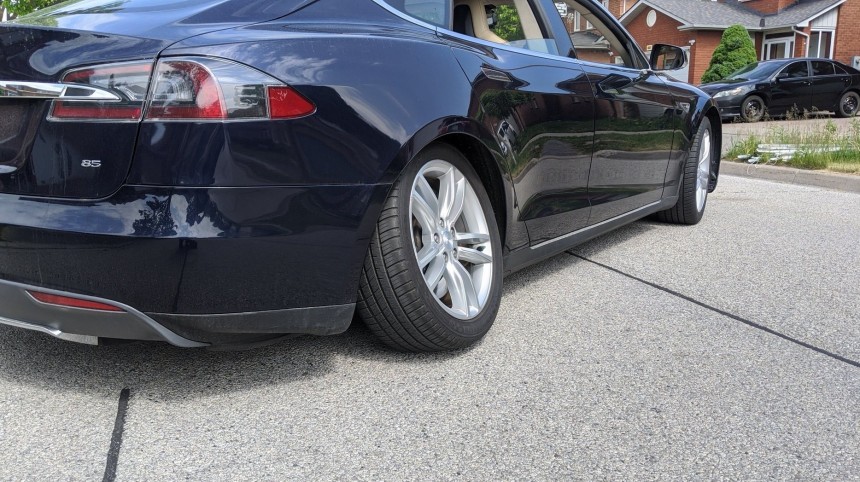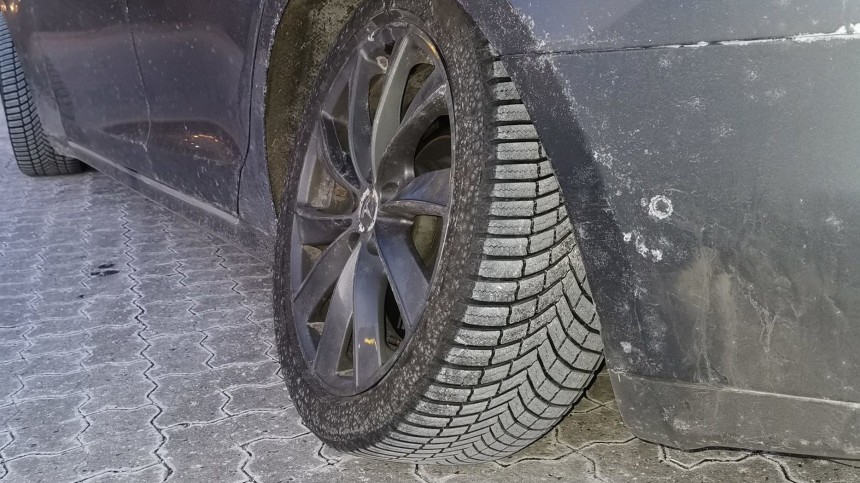In Europe, cars have to pass regular inspections to keep running on public roads. TÜV is the largest inspection company in Germany, so much so that it became almost a synonym for these checks. Every year, TÜV releases a report about the inspections. The most recent one was the first with enough EVs to evaluate: four of them. Two were below the industry average of disapproval rate for defects, and two were above. The Tesla Model S was the worst one.
It was in a group that also had the BMW i3, smart fortwo ED (Electric Drive), and Renault ZOE, and all of them had gone through their first inspection three years after purchase. The best one was the smart fortwo, with a reproof rate of 3.5%. If that were compared to the 128 ICE models that were in the TÜV Report 2022, the tiny EV would be among the 50 best ones.
The about-to-be-retired BMW i3 only made the cut as one of the approved vehicles because it got precisely the rejection rate average in Germany in 2021: 4.7%. Its most prevalent defects are related to the low beams and brake disks. In this case, it is not exactly a malfunction but rather the lack of use, which made the disks present corrosion. According to Joachim Bühler, Managing Director of the TÜV Association, that should work as a warning for owners of electric cars: they should step on the brakes more and verify them regularly.
The Renault ZOE is the one that starts to present lousy news for EV owners. With a disapproval average of 5.7%, it is among the 50 worst cars in the report. Most of the issues it presented were related to “defective or incorrectly adjusted headlights” and also to the suspension. That’s something it shares with the Model S, even if the Renault seems to present problems in different suspension components while those on the Model S are pretty specific.
The Tesla got a 10.7% rejection rate. That means that TÜV reproved 1 in 10 Model S units that were still relatively new. Compared to the 128 in TÜV’s list, it is only better than the Dacia Logan and the Dacia Duster. Its main issues were connected to fog lights, low beams, and control arms.
Tesla has a record of suspension issues. Keith Leech even coined the expression “Whompy Wheels” to denounce these defects and ask NHTSA to demand a recall about them. Officially, Tesla already had to recall all its models for suspension issues.
China obliged the company to do so in 18,182 Model S and X units in October 2020. The most recent case involved suspension knuckles on the Model Y that affected 826 cars in the U.S. and 21,599 in China. Tesla publicly blamed its Chinese supplier for the problem.
Apart from these cases, Tesla customers often report problems with failing suspensions, such as a Swiss owner that saw that happen in an Autobahn at 200 kph (124 mph). In May 2021, Tesla contacted Model 3 owners for suspension repairs, raising accusations of a stealth recall.
Regarding the low beams and fog lights, they may be related to another chronic problem Tesla vehicles present: water leaks in headlights and taillights that makes moisture condense on the lenses.
The TÜV report reinforces that Tesla has to urgently take care of quality control and vehicle testing. In a few years, the Model 3 and Model Y will start needing general inspections and the results could hurt Tesla’s reputation in Germany and Europe as a whole. While there’s still time to avoid that, the EV maker has not given any signs so far that it is even slightly concerned about this. Forewarned is forearmed.
The about-to-be-retired BMW i3 only made the cut as one of the approved vehicles because it got precisely the rejection rate average in Germany in 2021: 4.7%. Its most prevalent defects are related to the low beams and brake disks. In this case, it is not exactly a malfunction but rather the lack of use, which made the disks present corrosion. According to Joachim Bühler, Managing Director of the TÜV Association, that should work as a warning for owners of electric cars: they should step on the brakes more and verify them regularly.
The Renault ZOE is the one that starts to present lousy news for EV owners. With a disapproval average of 5.7%, it is among the 50 worst cars in the report. Most of the issues it presented were related to “defective or incorrectly adjusted headlights” and also to the suspension. That’s something it shares with the Model S, even if the Renault seems to present problems in different suspension components while those on the Model S are pretty specific.
Tesla has a record of suspension issues. Keith Leech even coined the expression “Whompy Wheels” to denounce these defects and ask NHTSA to demand a recall about them. Officially, Tesla already had to recall all its models for suspension issues.
China obliged the company to do so in 18,182 Model S and X units in October 2020. The most recent case involved suspension knuckles on the Model Y that affected 826 cars in the U.S. and 21,599 in China. Tesla publicly blamed its Chinese supplier for the problem.
Regarding the low beams and fog lights, they may be related to another chronic problem Tesla vehicles present: water leaks in headlights and taillights that makes moisture condense on the lenses.
The TÜV report reinforces that Tesla has to urgently take care of quality control and vehicle testing. In a few years, the Model 3 and Model Y will start needing general inspections and the results could hurt Tesla’s reputation in Germany and Europe as a whole. While there’s still time to avoid that, the EV maker has not given any signs so far that it is even slightly concerned about this. Forewarned is forearmed.









